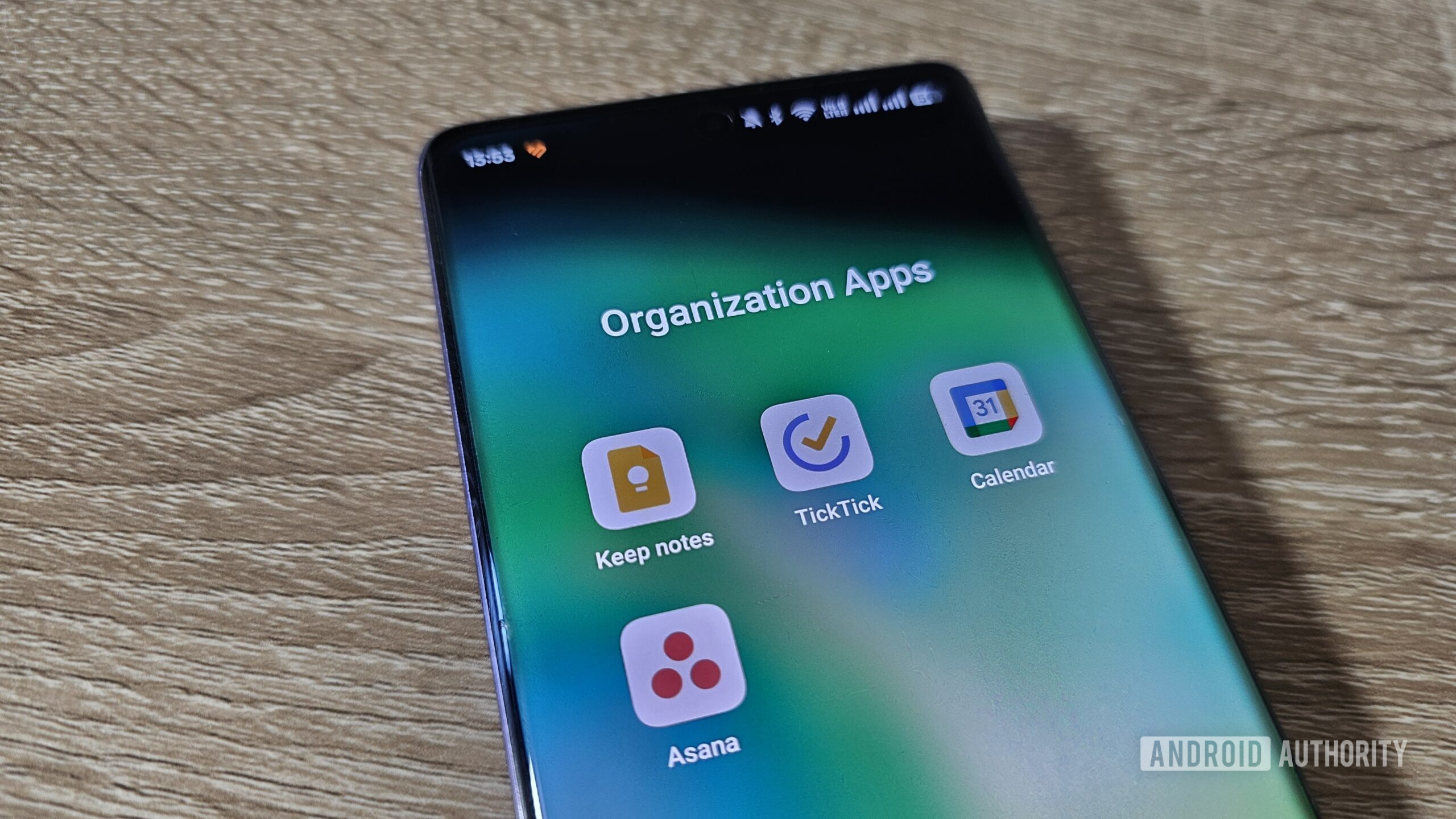Load Testing vs. Stress Testing: Key Differences Explained
Understand the key differences between load testing and stress testing. Learn how they help improve software performance, stability, and reliability under varying conditions.

Software applications must handle varying levels of user traffic and data processing. Ensuring they perform well under different conditions is essential for user experience and business success. This is where performance testing comes into play, specifically load testing and stress testing. Though they seem similar, they serve different purposes in software quality assurance.
This article explores load testing vs. stress testing, their differences, purposes, methodologies, and best practices for implementing them in software development.
What is Load Testing?
Load testing is a type of performance testing that evaluates how a system behaves under expected user loads. It helps determine the system’s response time, throughput, resource utilization, and stability under normal conditions.
Purpose of Load Testing
- Ensures the application performs well under expected traffic.
- Identifies bottlenecks and slowdowns before they affect users.
- Helps optimize system resources like CPU, memory, and network bandwidth.
- Assists in capacity planning for future scaling.
How Load Testing Works
- Define Test Scenarios: Identify real-world use cases and expected load conditions.
- Set Load Levels: Simulate a gradual increase in users, transactions, or requests.
- Monitor Performance Metrics: Track response times, CPU usage, memory consumption, and network latency.
- Analyze Results: Identify performance bottlenecks and optimize the system accordingly.
Example of Load Testing
A banking application is expected to handle 10,000 simultaneous transactions during peak hours. A load test simulates these transactions to check if the system can process them efficiently without delays or crashes.
What is Stress Testing?
Stress testing goes beyond normal load conditions to evaluate how a system behaves under extreme or unexpected stress. It determines the breaking point of an application by testing it under conditions beyond its normal operating capacity.
Purpose of Stress Testing
- Determines the maximum limits of a system.
- Identifies how the system recovers after failure.
- Helps uncover memory leaks, crashes, and server downtimes.
- Prepares businesses for unexpected traffic spikes.
How Stress Testing Works
- Set Extreme Load Conditions: Apply a much higher load than the system is designed for.
- Monitor System Behavior: Observe CPU spikes, memory overflows, and server crashes.
- Analyze Failure Points: Identify what caused the breakdown and how long recovery takes.
- Optimize for Stability: Implement fixes to improve resilience under high stress.
Example of Stress Testing
An e-commerce website prepares for a Black Friday sale. Normally, it handles 50,000 visitors per hour. A stress test simulates 200,000 visitors to see how the system copes and whether it crashes or slows down significantly.
Key Differences Between Load Testing and Stress Testing
While both tests fall under performance testing, they serve distinct purposes. Here are the key differences:
1. Objective
- Load Testing: Ensures the system can handle expected workloads.
- Stress Testing: Determines how the system performs under unexpected extreme loads.
2. Scope
- Load Testing: Focuses on performance, response time, and resource usage.
- Stress Testing: Focuses on system stability, failure handling, and recovery.
3. Test Scenarios
- Load Testing: Gradually increases load within expected limits.
- Stress Testing: Applies loads beyond system capacity to find failure points.
4. Outcomes
- Load Testing: Identifies bottlenecks and performance issues.
- Stress Testing: Uncovers system crashes and stability issues.
5. Use Cases
- Load Testing: Regular traffic conditions, scalability planning.
- Stress Testing: Disaster recovery, handling extreme traffic spikes.
Best Practices for Load and Stress Testing
To ensure effective testing, follow these best practices:
Load Testing Best Practices
- Use realistic test scenarios that reflect actual user behavior.
- Utilize automated load testing tools to simulate concurrent users.
- Monitor server metrics, including CPU, memory, and database performance.
- Test during non-business hours to avoid disruptions in a live environment.
- Repeat tests periodically to track performance trends over time.
Stress Testing Best Practices
- Gradually increase the load beyond normal conditions to find breaking points.
- Monitor error logs, crashes, and memory leaks during testing.
- Evaluate how long the system takes to recover after failure.
- Test disaster recovery plans to ensure business continuity.
- Run tests in a controlled environment to avoid affecting live users.
Popular Tools for Load and Stress Testing
To effectively conduct these tests, you need robust testing tools. Some widely used load testing tools and stress testing tools include:
- JMeter – Open-source tool for load and stress testing web applications.
- LoadRunner – Enterprise-level tool for comprehensive performance testing.
- Gatling – Developer-friendly load testing tool with scripting support.
- k6 – Modern, scalable performance testing tool for developers.
- Apache Benchmark (ab) – Lightweight tool for quick load testing.
Conclusion
Both load testing and stress testing play crucial roles in ensuring software stability and performance. Load testing helps measure how well an application handles expected traffic, while stress testing identifies its limits and failure recovery capabilities. By implementing these tests effectively, businesses can deliver high-performance applications with minimal downtime.
To improve software reliability, invest in load testing tools and follow best practices to optimize system performance. Regular testing ensures a seamless user experience, even during peak traffic periods or unexpected surges.
What's Your Reaction?
 Like
0
Like
0
 Dislike
0
Dislike
0
 Love
0
Love
0
 Funny
0
Funny
0
 Angry
0
Angry
0
 Sad
0
Sad
0
 Wow
0
Wow
0


















































